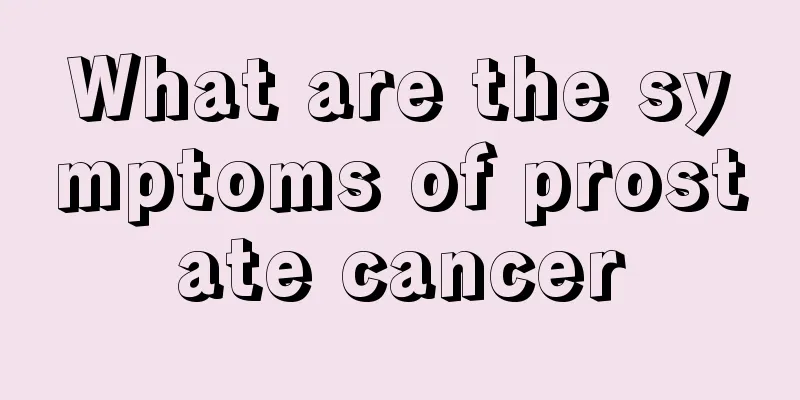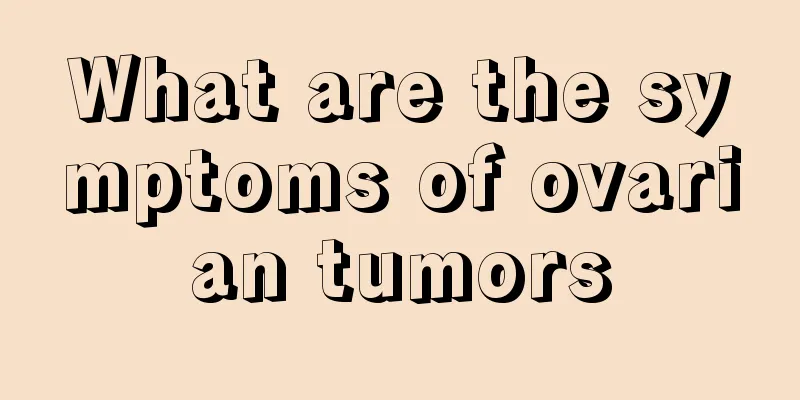What are the spots on the liver?

|
Some people feel particularly scared when they see the report showing some spots on their liver during a liver and gallbladder ultrasound or CT scan. The doctor said that those are just signs of liver calcification, and there is no big problem. There is no need to worry. You just need to pay more attention to liver care in your daily life. The patient usually does not have any symptoms of discomfort in the liver area. So, how do these spots on the liver come about? 1. What is liver calcification? Generally speaking, liver calcification does not have much impact on the body. In most cases, calcification spots in the liver are just some special mutations produced after the necrosis of liver cells. The human body is undergoing metabolism every day, and it is normal for some cells to die. After the necrosis, due to poor circulation, the calcification spots are deposited in the liver and gallbladder, forming calcification spots, which appear as bright spots under B-ultrasound that look like stones. Generally, this spot is only about 0.5cm in B-ultrasound examination. Calcifications are like moles on the skin. They are just deposits of necrotic cells. Most of them are benign, and most patients themselves do not have any symptoms. Generally, no treatment is required. 2. Causes of liver calcification It is mainly related to intrahepatic injuries, liver abscesses, liver tuberculosis, hemangiomas, granulomas, etc. In addition, calcification foci will form secondary to protozoan, liver fluke, and parasitic diseases. 3. Hazards Simple calcification foci are traces left by previous diseases. They have no obvious symptoms and do not cause any harm to the body. However, calcification foci can be easily confused with some diseases, so they must be carefully identified. Based on your own health condition, you should have regular check-ups. In some cases, hepatitis, fatty liver, diabetes, dead worm eggs, etc. can cause changes in liver cells. Therefore, you should also rule out the possibility that these diseases may cause the lesions. IV. Treatment Intrahepatic calcification is a "scar" formed after inflammation of the liver parenchymal cells. It is generally harmless. Some patients may feel stuffy and bloated in the liver area like patients with intrahepatic bile duct stones. If confirmed, no treatment is generally required. 5. Notes If you don't have any uncomfortable symptoms, regular check-ups are the best option. You still need to pay more attention to your diet, try not to eat greasy food, and try to eat a light and low-salt diet. Cabbage, walnuts, peanuts, dates, longan, honey, shrimp, fish, meat, eggs, etc. are all liver-nourishing foods. Adjust the dietary structure and promote a high-protein, high-vitamin, low-salt, low-sugar, and low-fat diet. Do not eat or eat less animal fat and sweets (including sugary drinks). Eat more vegetables, fruits, and foods rich in fiber. Do not eat snacks or have extra meals before going to bed. |
<<: What soaking water can clear the liver and promote bile secretion
>>: Does smoking harm the liver?
Recommend
The back of my head hurts and my eyes ache
Many people have pain in the back of their head a...
How to effectively treat Achilles tendinitis?
In fact, many people are also susceptible to Achi...
Tertiary prevention of pancreatic cancer
The mortality rate of pancreatic cancer is as hig...
Is a brainstem evoked potential of 60 normal?
People often have physical examinations, which sh...
What are the wonderful uses of expired soda water?
Soda water is a very important substance in life....
There are four ways to make your own hair mask
Frizzy, static electricity, and oily hair are mos...
How many days after the scraping can I wash my hair
Adults often choose to have scraping treatment du...
What are the causes of renal hamartoma?
Renal hamartoma is a benign tumor mainly composed...
What is the difference between heart failure and heart insufficiency
There are many types of heart diseases. Because t...
How to lose weight with 7 kinds of food to scrape off 10 pounds of fat
If you want to lose excess fat on your body, just...
Sleep phobia
Sleeping is basically something that everyone nee...
What to do if you have a short forehead
Nowadays, more and more people pay more attention...
What is alkaline phosphatase?
Generally speaking, alkaline phosphatase is an in...
Introduction to what is fibroid
Fibroids are now common. When this symptom appear...
What are the early symptoms of thyroid cancer? Symptoms of different types of thyroid cancer
Thyroid cancer can be classified into differentia...









